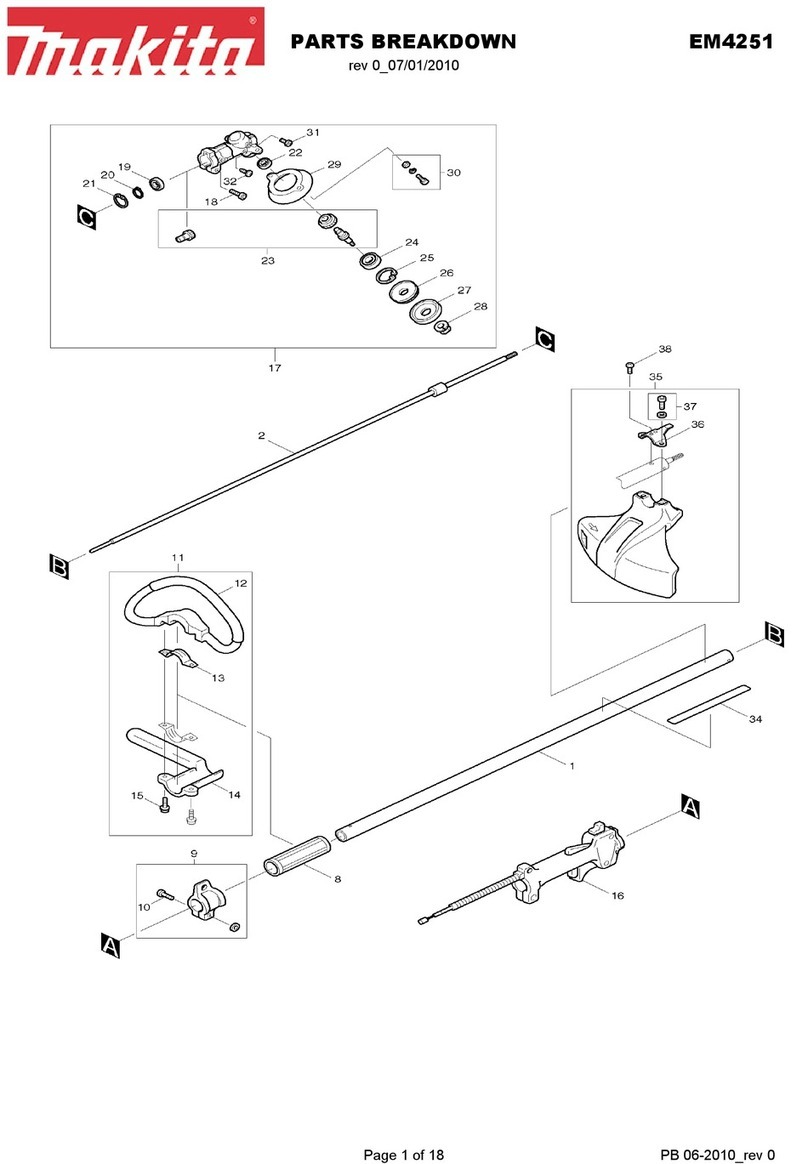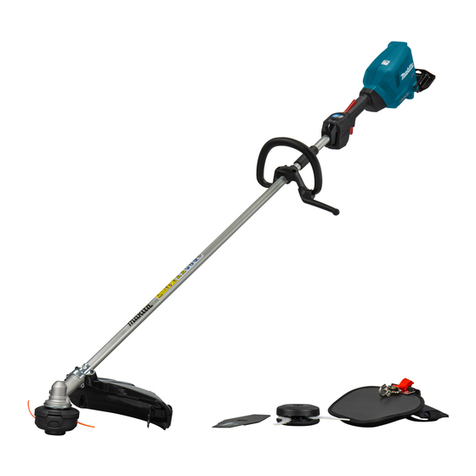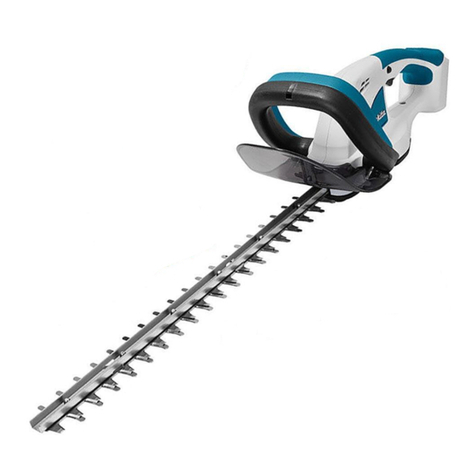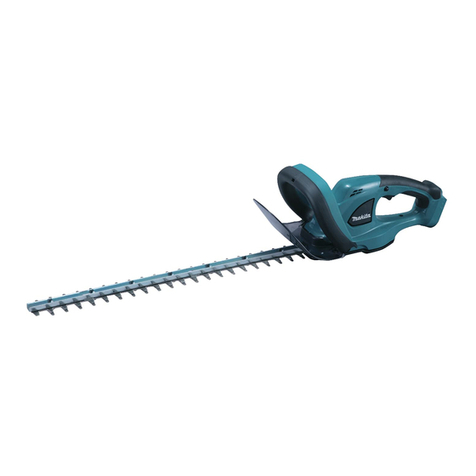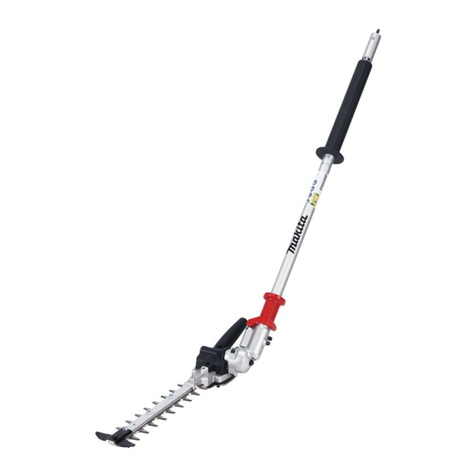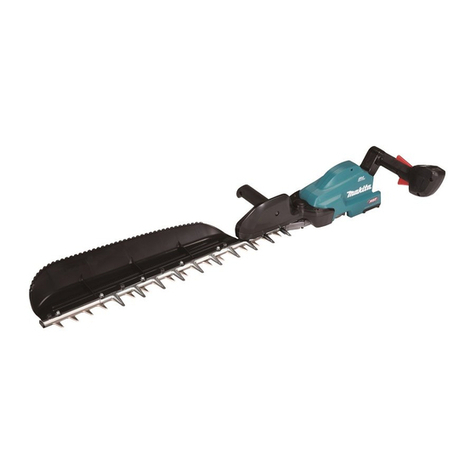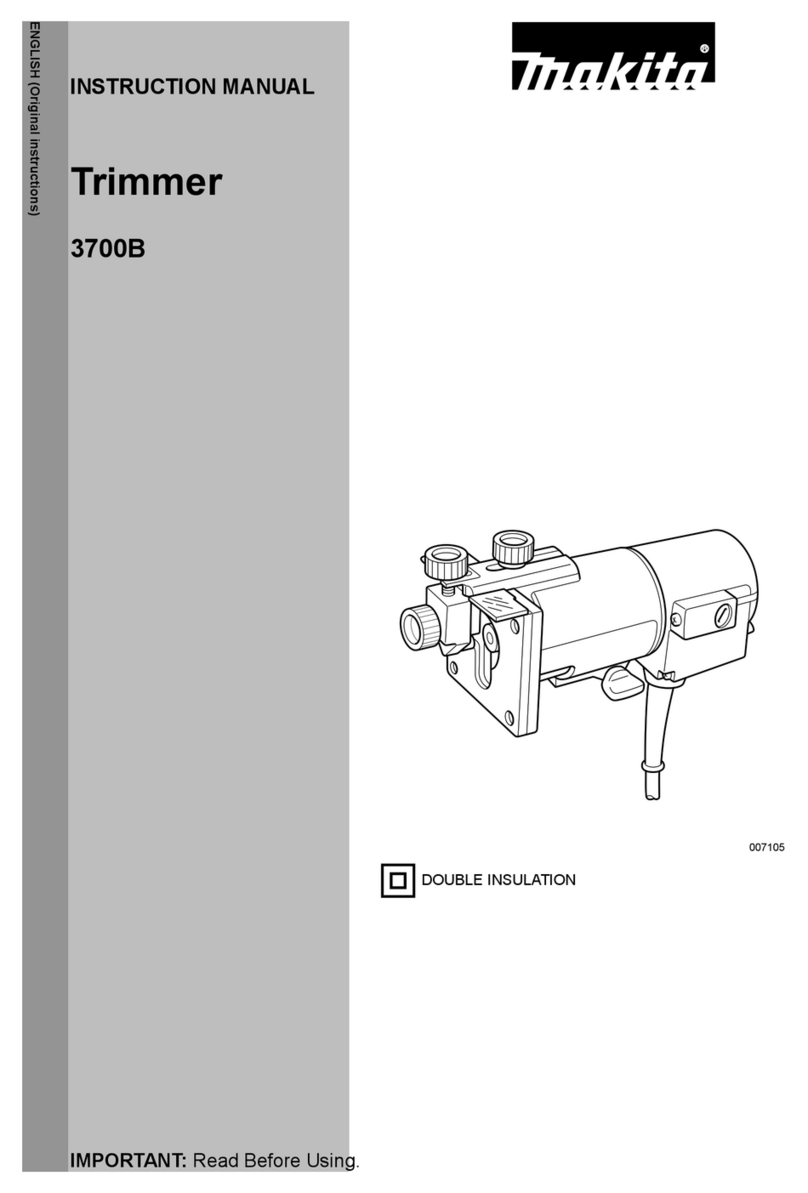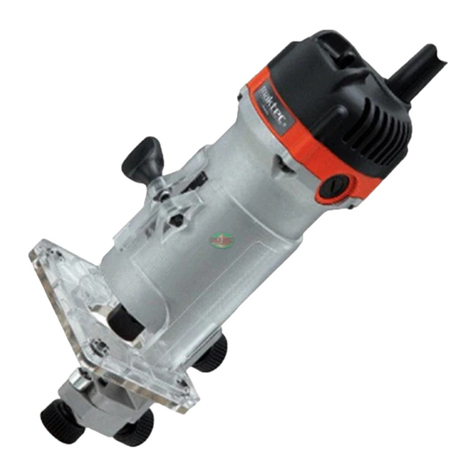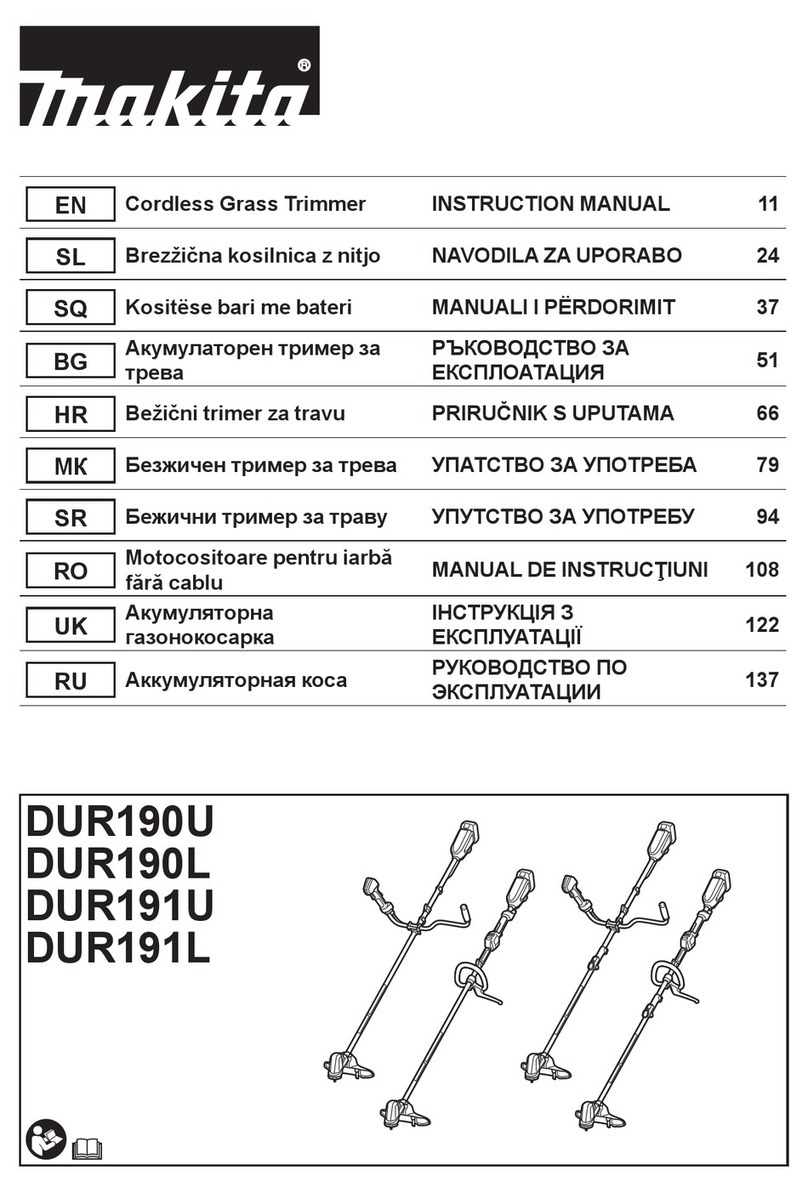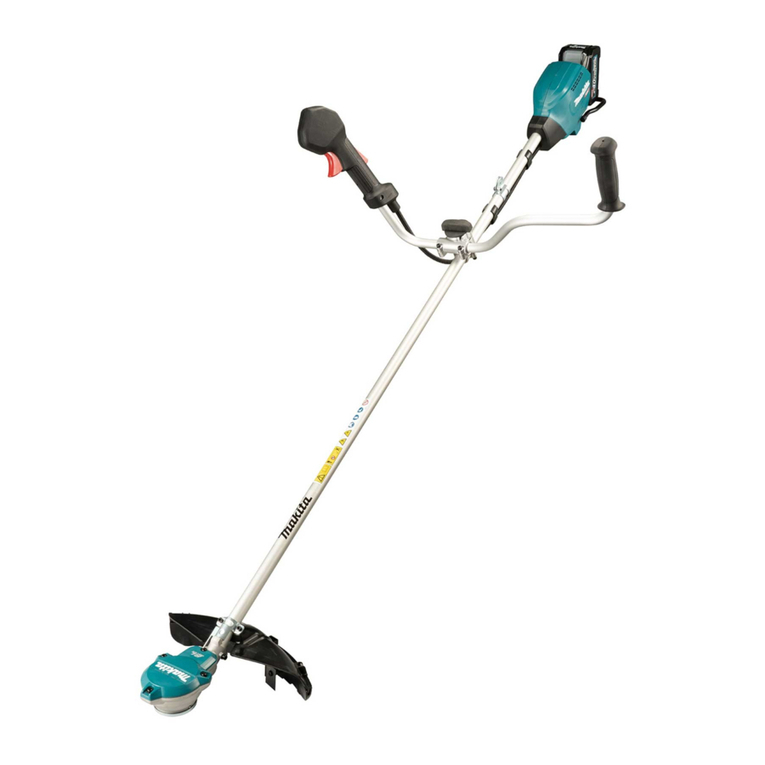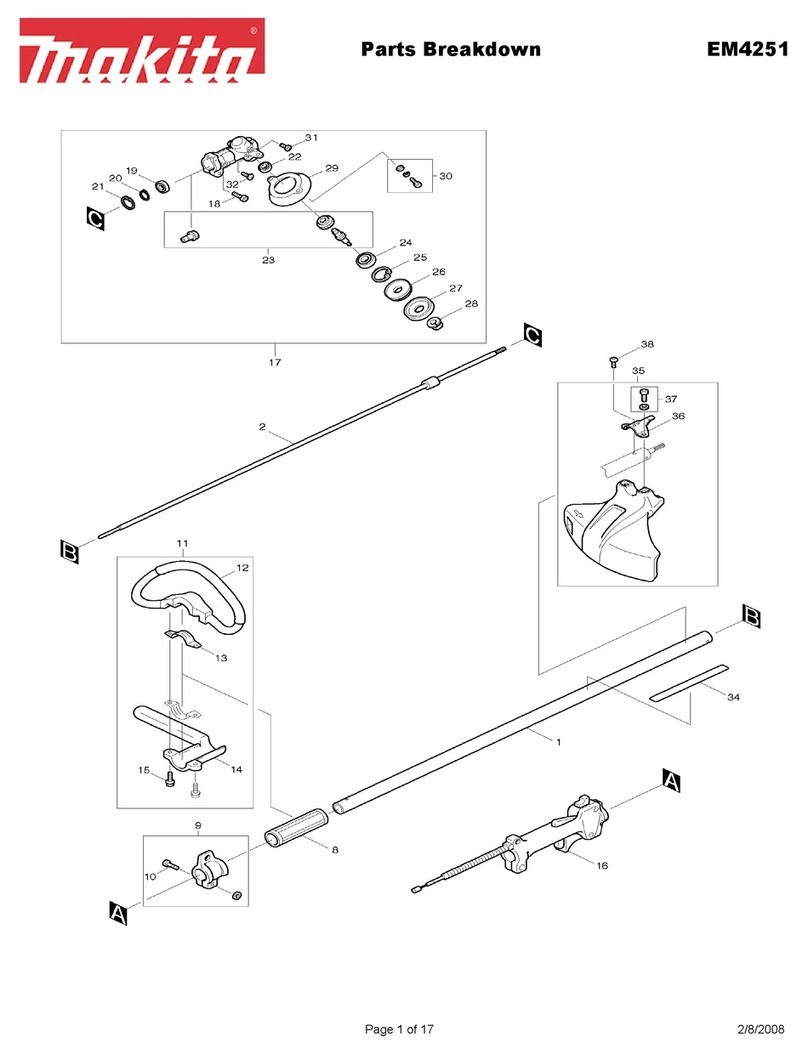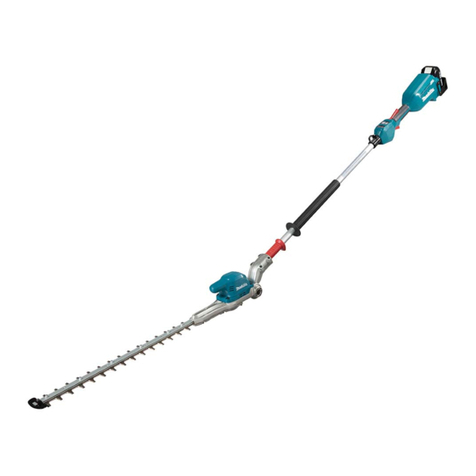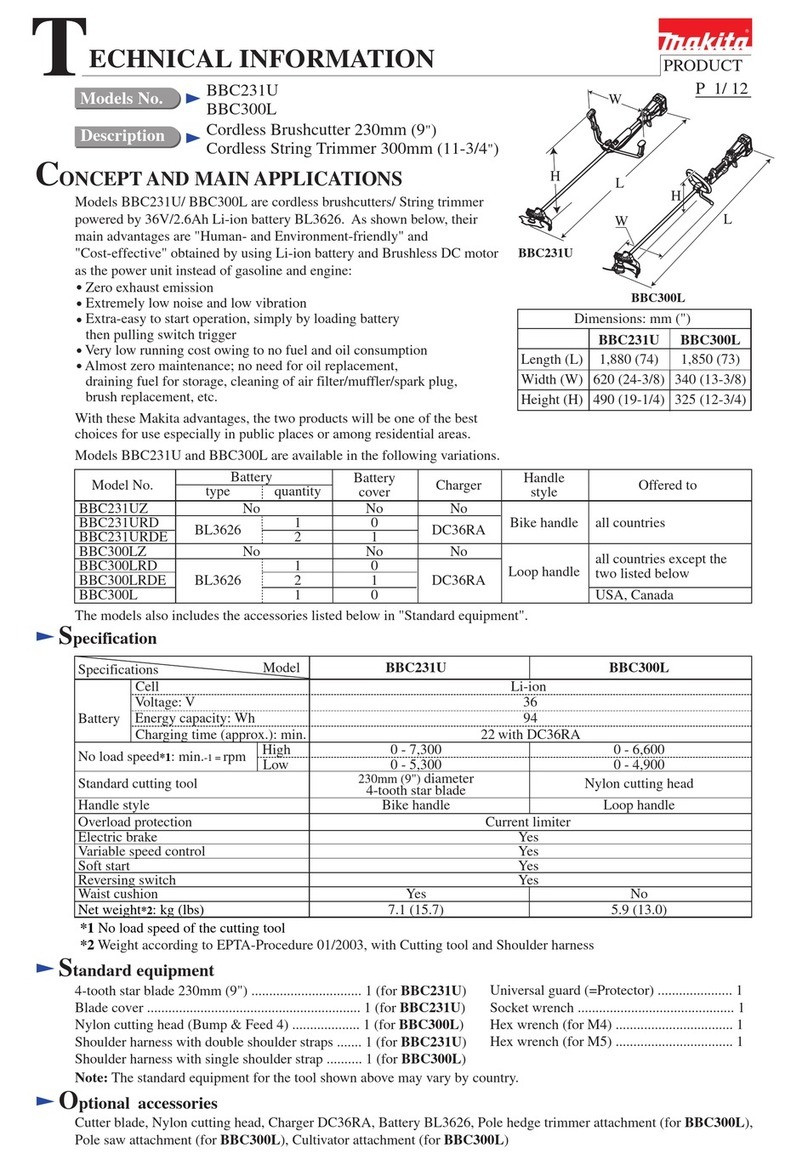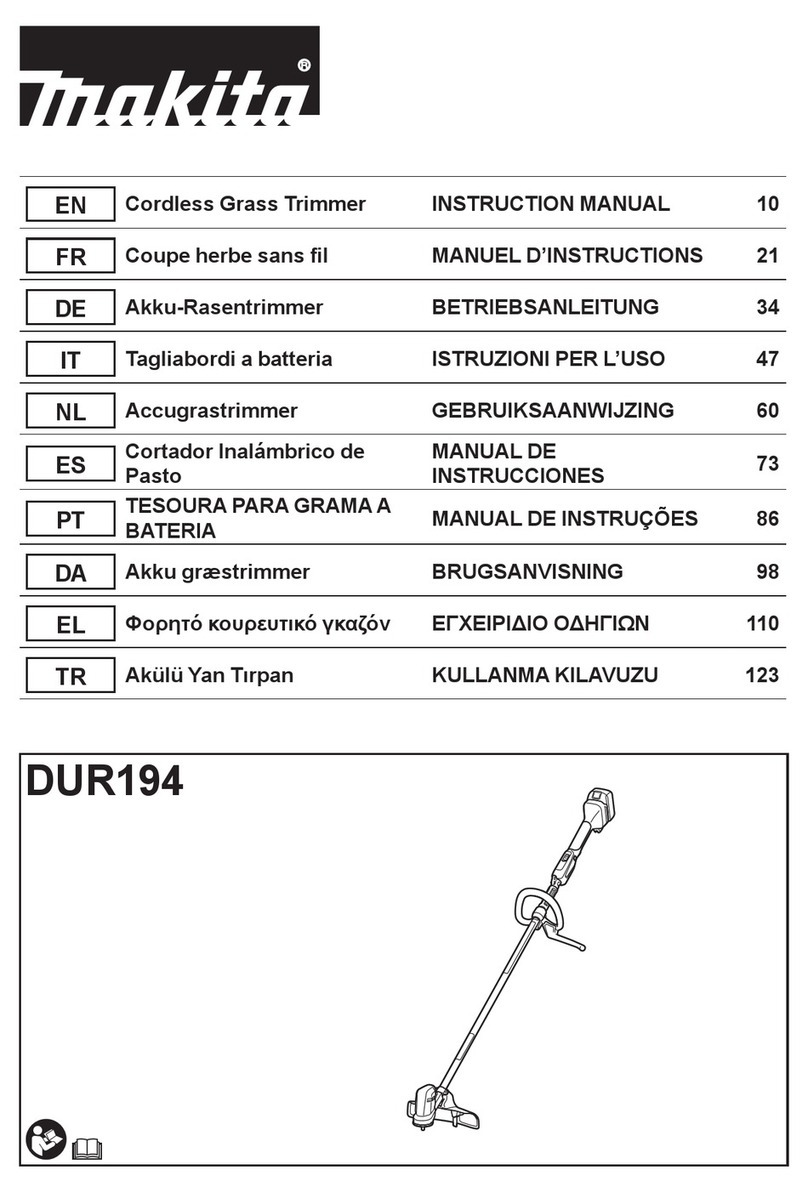Installingor removing battery cartridge
0Always switch offthe tool before insertionor removalof the battery cartridge.
To remove the battery cartridge, pull out
the
set
plate on the tool and grasp both
sides of the cartridge while withdrawing
it
from the barrel.
0
To insert the battery cartridge, align the
tongue
on
the
battery cartridge with the
groove in the housing and slip
it
into
place. Snap the
set
plate back into place.
Be sure to close the
set
platefully before
usingthe tool.
0
Do
not use force when inserting the battery cartridge.
If the cartridge does notslide
in
easily,
it
is
not beinginserted correctly.
Charging
Plug the fast charger into your power
source. Insert the battery cartridge
so
that
the plus and minus terminals on the bat-
tery cartridge are on the same sides
as
their
respective markings on the fast charger. In-
sert the cartridge fully intothe port
so
that
it
restson the charger port floor.
The charging light will come on and charg-
ing will begin. Ifthe charging light does not
come on, press the reset button. If the
83
charging light goes out within
10
seconds even after pressingthe reset button
a
couple of
times, the battery cartridge
is
dead. (CAUTION
:
Wait
for more than
5
seconds after the
charging light goes out to press the reset button again.) Replace
it
with
a
new one. When
the ‘charging light goes out after about one hour,
you
may remove the fully charged
battery cartridge. After charging, unplugthe charger from the power source.
CAUTION
:
0Your new battery cartridge
is
notcharged. You will need to charge
it
before use.
0
If
you try to charge
a
cartridge from
a
just-operatedtool, sometimesthe charginglight
will not come on. If this occurs,
let
the cartridge cool off for
a
while. Then re-insert
it
and try tocharge
it
once more.
0
When
you
charge
a
new battery cartridge or
a
battery cartridge which has not been used
for
a
long period,
it
may not accept
a
full charge. This
is
a
normal condition and does
not indicate
a
problem. You can recharge the battery cartridge fully after discharging
it
almost completely
a
couple
of
times.
0
If youwish tocharge two battery cartridges, allow
15
minutes between chargings on the
fast charger.
